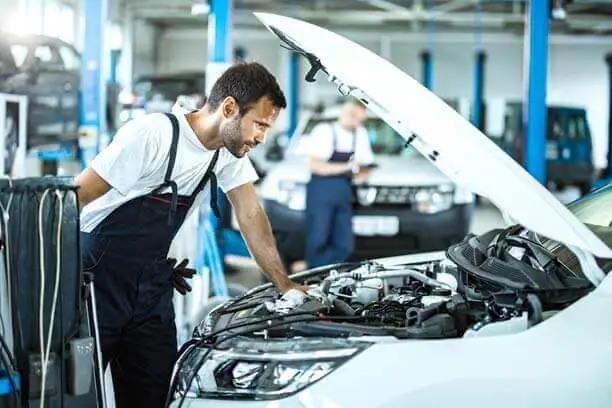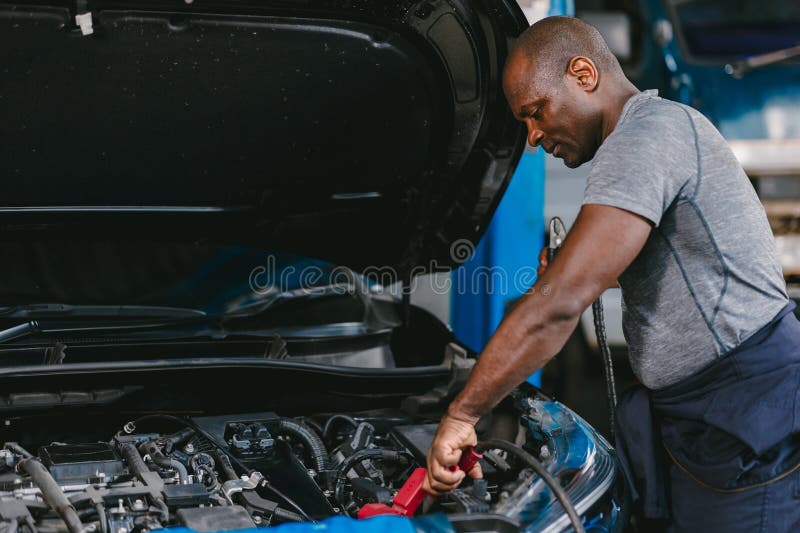All Categories
Featured
Recognizing Diagnostics: The Structure of Vehicle Repair Work
Modern cars are marvels of engineering, incorporating complicated systems that count heavily on electronics and software program. When something fails, recognizing diagnostics ends up being the very first and most crucial step in automobile fixing. Diagnostics aid identify the origin cause of a problem swiftly and precisely, ensuring efficient repairs and lessening downtime for your automobile.What Is Vehicle Diagnostics? Vehicle diagnostics involve making use of specialized tools to interact with an auto's interior computer system. A lot of lorries developed after the 1990s come furnished with an Onboard Diagnostics (OBD) system that keeps track of different elements like the engine, discharges, brakes, and electric systems.

When a trouble occurs, the OBD system creates error codes that technicians can review using diagnostic scanners. These codes supply understandings right into what might be creating the problem. A "P0301" code might indicate a misfire in cylinder 1, while a "P0171" code could signify a lean gas combination. Such accuracy helps technicians resolve the problem without unneeded uncertainty.
Why Diagnostics Matter. Performance in Services: Diagnostics conserve time by determining specific concerns, allowing professionals to focus on the exact location of issue instead than executing extensive exploratory examinations. Price Cost Savings: Recognizing and attending to issues early prevents small issues from rising into significant, costly fixings. Improved Safety: Diagnostics play an important duty in making sure the capability of safety and security systems, such as air bags and anti-lock brakes, keeping motorists and travelers secure when traveling. Environmental Conformity: Modern diagnostics help find problems in emissions systems, ensuring your vehicle meets regulative requirements and runs in an environmentally friendly manner. The Diagnostic Refine. A regular diagnostic procedure includes 3 primary steps:

Information Access: A service technician links a diagnostic scanner to the car's OBD-II port, usually located under the dashboard. The scanner checks out error codes saved in the automobile's computer system. Code Interpretation: The obtained codes are evaluated to determine the breakdown's nature and seriousness. A mistake code relevant to the exhaust system may require examining parts like the oxygen sensor or catalytic converter. Evaluating and Recognition: To confirm the searchings for, professionals might carry out extra tests, such as examining electrical connections or running the car to observe efficiency. The Advancement of Diagnostics. As cars and trucks become increasingly sophisticated, so do analysis devices. Today's analysis systems can greater than just recognizing troubles-- they also use real-time data on system efficiency, allowing predictive maintenance. In electric and hybrid lorries, diagnostics can keep track of battery health and wellness, electrical motor efficiency, and charging systems, ensuring these automobiles stay dependable and reliable.
Choosing the Right Diagnostic Services. For the very best results, it's important to rely on specialist diagnostic services. Licensed service center make use of the most recent analysis devices and have accessibility to manufacturer-specific software program that gives extensive insights right into your vehicle's systems. Competent service technicians incorporate technological competence with hands-on experience to supply trusted repair services and precise diagnoses.
Last Ideas. Diagnostics are the cornerstone of efficient lorry repair and upkeep. Whether attending to a mysterious check engine light or executing routine system checks, diagnostics make sure that troubles are determined and resolved rapidly, saving money, time, and tension.
Normal analysis checks are a positive strategy to preserving your lorry's efficiency, health, and safety. With the right devices and know-how, diagnostics lead the way for durable, hassle-free driving.
Latest Posts
Recognizing When Your Car Needs Professional Auto Repair at Montclare Auto Repair
Published May 28, 25
1 min read
Reputable Commercial Roofing Providers by Weathercraft
Published May 27, 25
2 min read
Why Routine Auto Maintenance at Montclare Auto Repair Reduces Costs
Published May 26, 25
1 min read